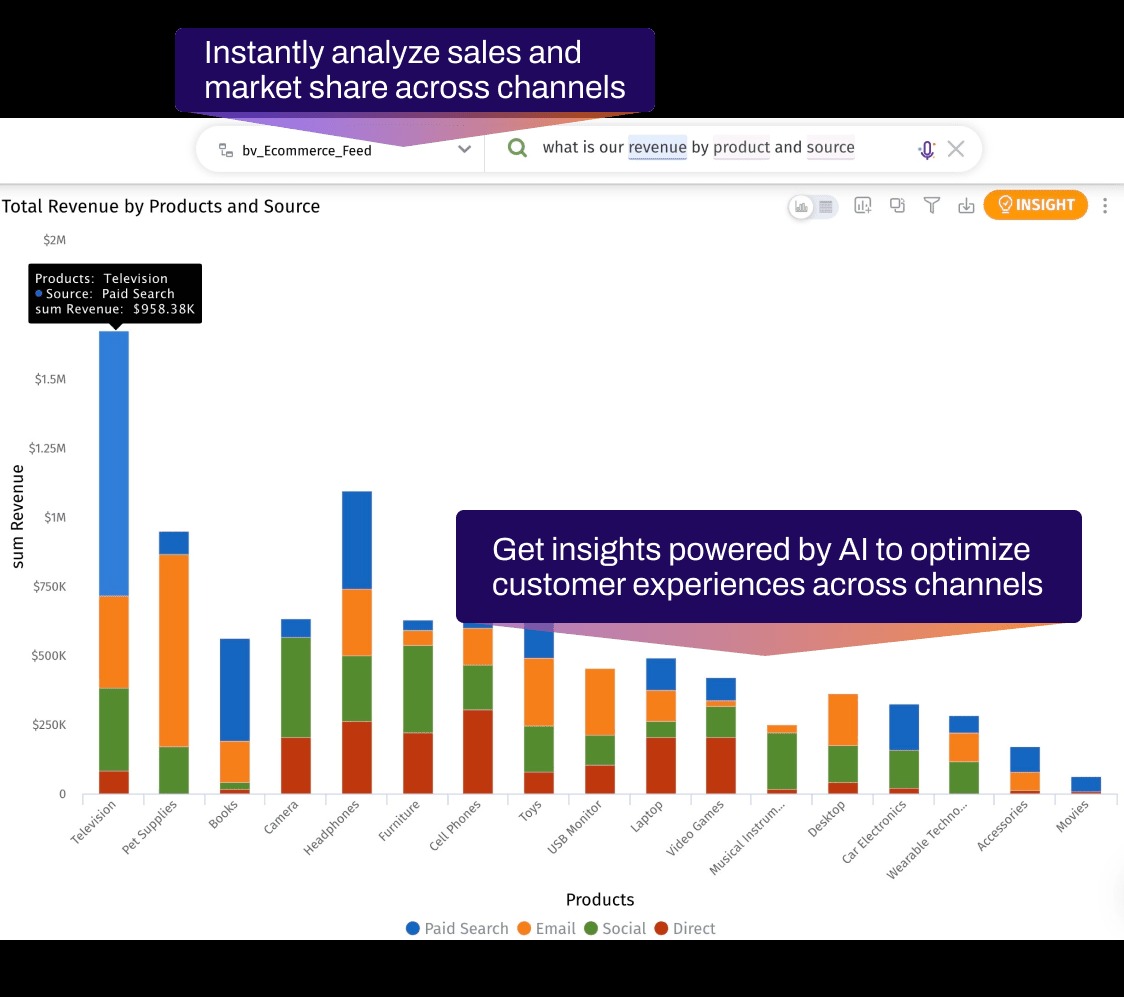The Future of Omnichannel Analysis: Trends and Innovations to Watch

Strong 8k brings an ultra-HD IPTV experience to your living room and your pocket.
In a rapidly evolving digital landscape, businesses that thrive prioritize a seamless, cohesive customer experience across every touchpoint, both online and offline. This approach, known as omnichannel strategy, depends heavily on omnichannel analysis to understand customer behavior, preferences, and engagement across platforms. As consumer expectations grow and technology advances, the future of omnichannel analysis promises new trends and innovations that will shape how businesses understand and interact with their customers.
1. AI-Driven Insights and Predictive Analytics
One of the most transformative trends in omnichannel analysis is the rise of artificial intelligence (AI) and machine learning (ML). AI-driven insights are enabling companies to anticipate customer behavior with impressive accuracy. Through predictive analytics, businesses can use historical data to foresee purchasing patterns, personalize product recommendations, and even predict when customers may need support. This proactive approach helps companies not only meet but exceed customer expectations, creating a positive and memorable experience at every stage of the buyer’s journey.
ML algorithms are also enabling deep analysis of large data sets, uncovering patterns and trends that might go unnoticed through traditional methods. As AI and ML become more sophisticated, businesses will be able to drive hyper-personalization and better understand the unique nuances of each customer’s journey.
2. Real-Time Omnichannel Analysis
Real-time data is becoming increasingly essential in today’s fast-paced environment. Modern customers expect instant responses and relevant information delivered to them as soon as they need it. In the future, businesses will increasingly focus on capturing and analyzing data in real time. With real-time omnichannel analysis, businesses can monitor customer interactions as they happen, providing insights that allow them to respond immediately to customer needs.
For instance, a customer browsing a website may abandon their cart; real-time data can trigger an immediate follow-up email or offer, increasing the chances of converting the sale. By acting on insights as they unfold, businesses can stay relevant and connected with customers, improving both satisfaction and conversion rates.
3. Voice and Visual Data Integration
As consumers continue to use voice and visual search features through tools like Alexa, Google Assistant, and smartphone cameras, omnichannel analysis will need to adapt to these new data sources. Voice and visual search trends are changing the way consumers engage with brands, and companies must now incorporate these interactions into their omnichannel analysis. Future tools will need to capture data from voice searches, image recognition, and other multimedia elements to provide a fuller picture of customer behavior and preferences.
This innovation means understanding not just what customers type but how they speak and search visually, allowing businesses to refine how they interact with customers. As voice and visual data integration grows, omnichannel analysis will become even more detailed, opening new avenues for personalized marketing.
4. Privacy-First Omnichannel Analytics
With increasing data privacy regulations, such as GDPR and CCPA, businesses must prioritize data privacy in their omnichannel strategies. Customers are more aware of data collection practices, and many demand transparency and control over their data. The future of omnichannel analysis will involve privacy-first approaches, using techniques like anonymized data and privacy-enhancing technologies (PETs) to respect customer preferences and ensure compliance with regulations.
Businesses that prioritize data privacy will not only protect themselves from regulatory risks but also build trust with their customers. By integrating privacy-by-design principles into omnichannel analysis tools, companies can ensure that they remain compliant and maintain strong customer relationships.
5. Unified Customer Data Platforms (CDPs)
As the demand for omnichannel strategies grows, so does the need for streamlined data management. Unified Customer Data Platforms (CDPs) will continue to gain traction, allowing businesses to centralize data from every channel into one cohesive platform. With a CDP, businesses gain a single source of truth for each customer, making it easier to track and analyze interactions across all touchpoints.
The future of omnichannel analysis will rely heavily on CDPs to deliver insights that fuel a truly integrated customer experience. CDPs enable businesses to avoid data silos, ensuring that every department—from marketing to sales to support—has access to the same, accurate customer data.
Omnichannel analysis is rapidly evolving, with innovations like AI, real-time data, multimedia integration, privacy-first strategies, and CDPs driving its future. As businesses adapt to these trends, they’ll be better equipped to understand and meet customer needs in a world where seamless, personalized experiences are paramount. By staying ahead of these trends, companies can not only optimize their omnichannel strategies but also build lasting relationships with customers in the years to come.
Note: IndiBlogHub features both user-submitted and editorial content. We do not verify third-party contributions. Read our Disclaimer and Privacy Policyfor details.


